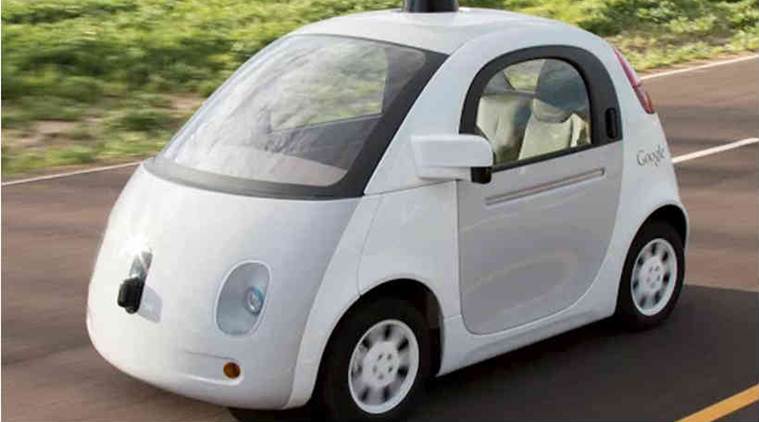
Scientists have developed a simple, cost-effective method to allow self-driving cars to ‘see’ 3D objects in their path.
The laser sensors currently used to detect 3D objects in the paths of autonomous cars are bulky, ugly, expensive, energy-inefficient — and highly accurate.
These Light Detection and Ranging (LiDAR) sensors are affixed to cars’ roofs, where they increase wind drag, a particular disadvantage for electric cars.
They can add around USD 10,000 to a car’s cost. Despite their drawbacks, most experts have considered LiDAR sensors the only plausible way for self-driving vehicles to safely perceive pedestrians, cars and other hazards on the road.
Scientists from Cornell University in the US have discovered that a simpler method, using two inexpensive cameras on either side of the windshield, can detect objects with nearly LiDAR’s accuracy and at a fraction of the cost.
The researchers found that analysing the captured images from a bird’s eye view rather than the more traditional frontal view more than tripled their accuracy, making stereo cameras a viable and low-cost alternative to LiDAR.
“One of the essential problems in self-driving cars is to identify objects around them — obviously that’s crucial for a car to navigate its environment,” said Kilian Weinberger, associate professor at Cornell.
“The common belief is that you couldn’t make self-driving cars without LiDARs. We’ve shown, at least in principle, that it’s possible,” Weinberger said.
Also read: Scientists create speech from brain signals
Ultimately, Weinberger said, stereo cameras could potentially be used as the primary way of identifying objects in lower-cost cars, or as a backup method in higher-end cars that are also equipped with LiDAR.